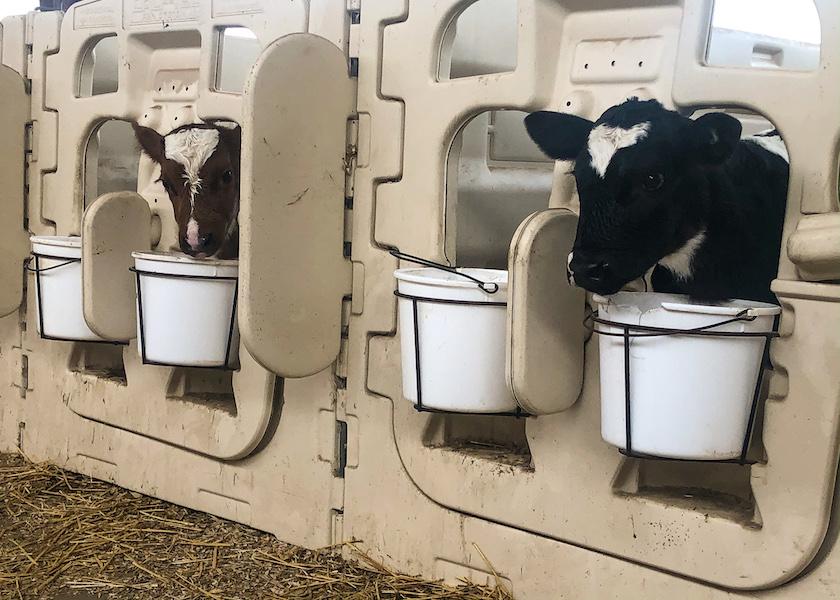Beware of Copper Toxicity in Calves

When it comes to copper in preweaned dairy calves, those animals cannot be viewed as just “little cows,” according to Craig Louder, DVM, Technical Service Veterinarian for Axiota Animal Health.
Louder shared his thoughts on trace mineral supplementation of dairy animals via a recent webinar hosted by the Dairy Cattle Reproduction Council.
“When we have a young calf, we’re actually feeding a monogastric,” noted Louder. “Calves readily absorb trace minerals, and they do not yet have the impact of antagonistic events in the rumen to deplete trace minerals like copper. While their feed intake at birth is low, their absorptive ability is highly efficient.”
When calves consume more copper than they need, the excess mineral is stored in the liver and builds up over time. According to the University of Manitoba, eventual liver toxicosis can lead to the premature breakdown of red blood cells (hemolysis), anemia, jaundice, and death.
Louder said calves can run into trouble with copper, because it is common for both calf milk replacer and starter grain to contain added copper via trace mineral packs.
“We see copper toxicity more often in hutch calves than beef calves nursing their dams, because of the potential ‘double hit’ of supplemental copper they receive in their rations,” Louder explained.
He follows the recommendation of Dr. Steve Ensley, Clinical Veterinary Toxicologist at Kansas State University, of feeding preweaned calves no more than 20 ppm of copper per day. “I’ve seen certain parts of the country that have their copper levels up to 40, 50, even 60 ppm, because they think they need to feed more to make up for calves’ low intake levels,” said Louder. “That’s way too much.”
In contrast, the new national nutrition guidelines (NASEM 2021) for preweaned calves cut the adequate intake for copper for young calves by about 50%, from 10 ppm to 5 ppm in milk replacer. Whole milk by comparison has an average of 0.04 ppm according to the new NASEM 2021. “Calves consuming milk replacer are consuming over 100 times the concentration of copper than those being fed whole milk,” said Louder. The Manitoba researchers also noted that Jerseys are a bit more susceptible to copper toxicity than Holsteins
Still, calves do need some copper. Louder noted that calves are born with systemic copper levels 12-15 times higher than their dams. But by 8 weeks of age – a fairly typical weaning age – they have depleted about 75% of those levels if not supplemented.
“That’s also right about the time most calves receive their first set of vaccinations, so we want to make sure there are trace minerals on board so calves can respond to the vaccines and build immunity,” Louder advised. “The end message: work with your nutritionist to make sure your mineral packs in milk replacer and starter grain are providing adequate levels of – but not too much -- copper.”







